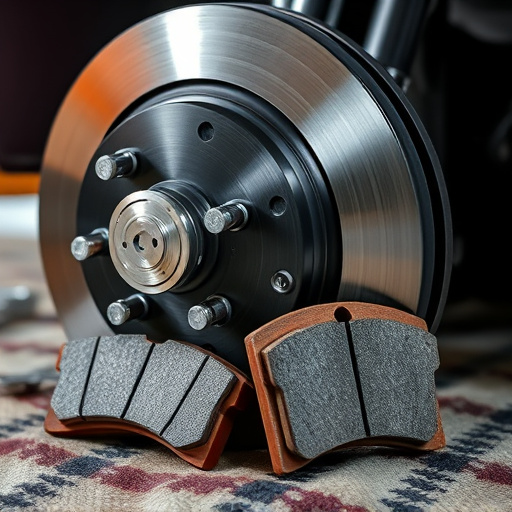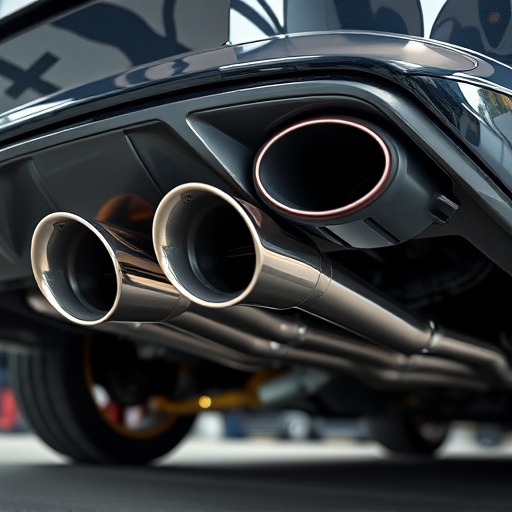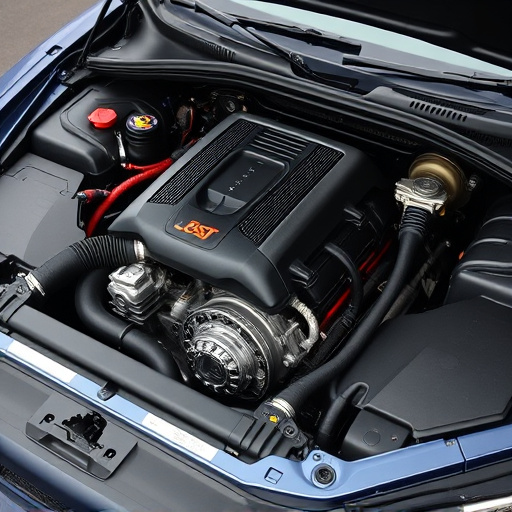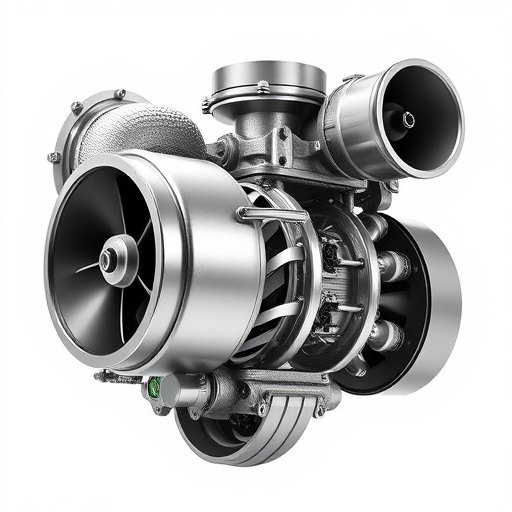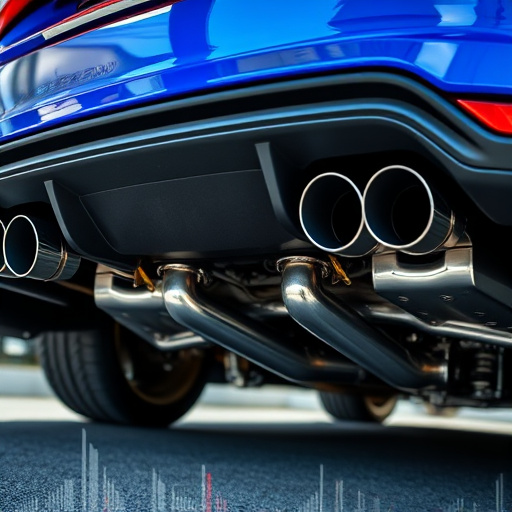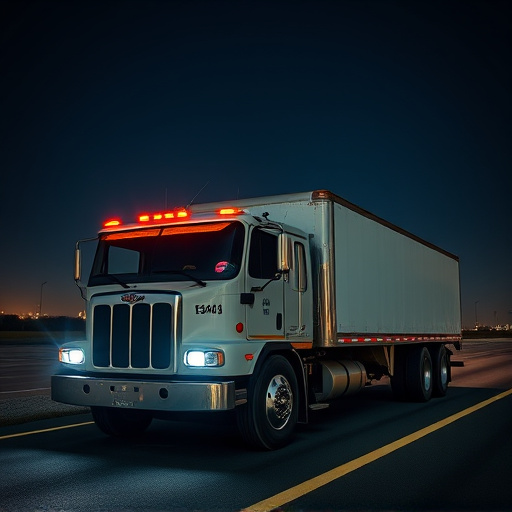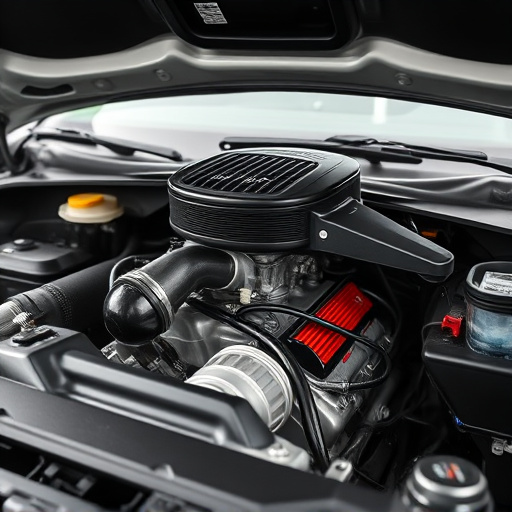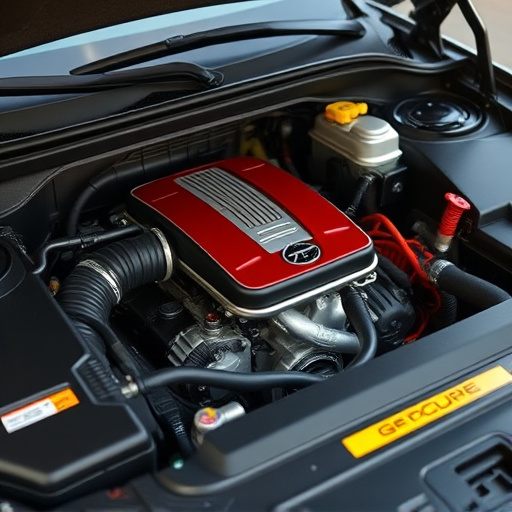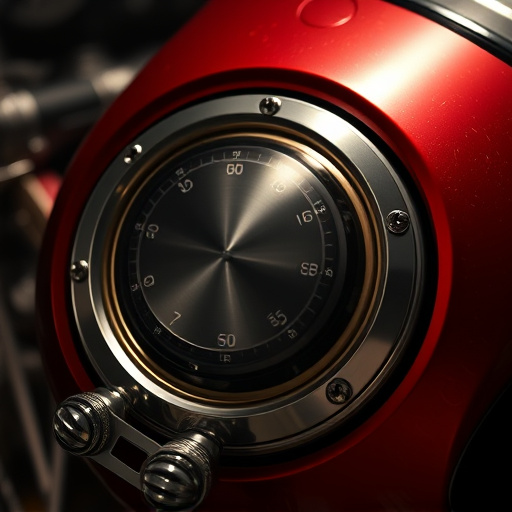Blow off valves (BOVs) are vital for high-performance vehicles with forced induction, relieving excess pressure to protect turbochargers and superchargers while maintaining optimal engine performance. Recirculation valves, in contrast, enhance airflow efficiency by recycling exhaust gases into the combustion chamber, stabilizing combustion and preventing power loss. Both BOVs and recirculation valves play specialized roles in air intake systems, catering to diverse driving needs from daily commutes to track racing.
In the automotive world, understanding the nuances of engine performance is key. This article delves into the distinct roles of two critical components: blow-off valves and recirculation valves. By elucidating their functions and benefits, we aim to equip readers with clear insights. Blow-off valves regulate pressure, enhancing efficiency, while recirculation valves optimize cooling and emissions control. Through a side-by-side comparison, we explore their advantages in various applications, helping car enthusiasts and mechanics make informed choices regarding engine tuning.
- Understanding Blow Off Valves: Function and Benefits
- Recirculation Valves: How They Work and Their Role
- Comparing Advantages and Applications: Blow Off vs. Recirculation
Understanding Blow Off Valves: Function and Benefits
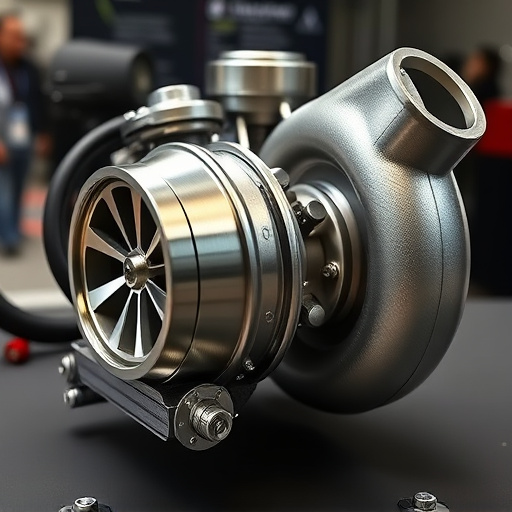
Blow off valves are an essential component of many automotive systems, particularly those with forced induction or modified engines. Their primary function is to relieve pressure from the intake system when the engine’s suction cannot keep up, such as during high-performance driving conditions. When the air/fuel mixture in the intake manifold exceeds what the engine can efficiently draw in, the blow off valve opens, allowing excess pressure to escape and preventing damage to the turbocharger or supercharger.
One of the key benefits of blow off valves is their role in maintaining optimal engine performance. By keeping the intake system at a safe pressure level, they prevent rich mixture conditions that could lead to power loss. Moreover, they contribute to the overall efficiency of the vehicle’s cooling system, as they reduce the amount of heat generated by the compression of excess air. For those with cold air intakes and cat back exhaust systems, blow off valves can enhance engine response and throttle feel, making them a popular choice among car enthusiasts who seek improved driving dynamics and the freedom to customize their vehicle’s performance potential through air filter kits.
Recirculation Valves: How They Work and Their Role
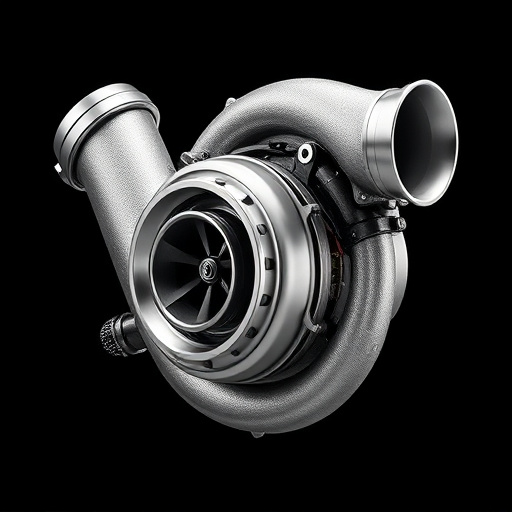
Recirculation valves play a vital role in vehicle systems, particularly when it comes to managing exhaust gases and enhancing brake pad and suspension component efficiency. These valves are designed to recycle a portion of the exhaust gas back into the combustion chamber, rather than expelling it through a traditional blow off valve. By recirculating a part of the exhaust, these valves help maintain optimal air-fuel ratios, which can significantly impact vehicle performance.
They function by allowing a controlled flow of exhaust gases to return to the engine intake, delaying their release into the atmosphere. This process is crucial for maintaining stable combustion and preventing sudden pressure changes in the engine. Effective recirculation not only improves engine efficiency but also reduces the risk of premature ignition, leading to smoother and more responsive driving.
Comparing Advantages and Applications: Blow Off vs. Recirculation
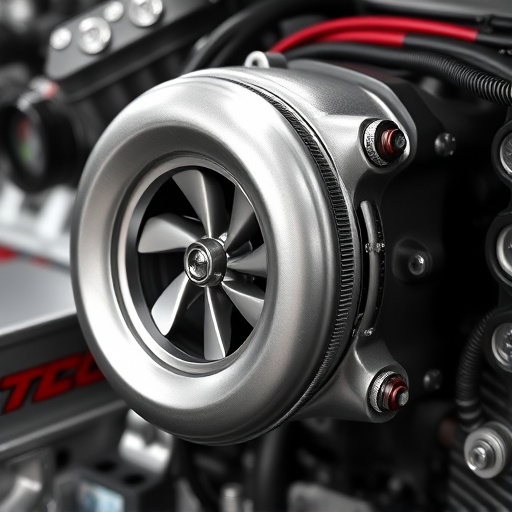
When comparing blow off valves (BOVs) and recirculation valves within the context of air intake systems, each component serves a unique purpose. BOVs are designed to safely vent excess pressure from an engine’s compression stroke when turbos or superchargers are engaged. This prevents damage caused by overpressure in the intake manifold, ensuring optimal performance and longevity of high-performance parts.
In contrast, recirculation valves facilitate the rerouting of compressed air back into the intake system during turbocharger spools or supercharger operation. While BOVs prioritize pressure release for engine protection, recirculation valves optimize air flow efficiency within exhaust systems, minimizing power loss and maximizing the density of the charge air entering the engine. Their application varies based on specific vehicle requirements and desired performance outcomes, catering to a range of driving conditions from everyday use to track-focused vehicles.
Blow off valves and recirculation valves serve distinct purposes in automotive systems, each with its own advantages. Understanding these components can help car enthusiasts make informed decisions when optimizing engine performance. While blow off valves offer a direct path for excess pressure to escape, recirculation valves recirculate this pressurized air back into the intake manifold, providing benefits tailored to different driving conditions. Depending on your vehicle’s needs and the desired outcome—from improved throttle response to enhanced fuel efficiency—choosing between these valves can significantly impact performance and driving experience.
